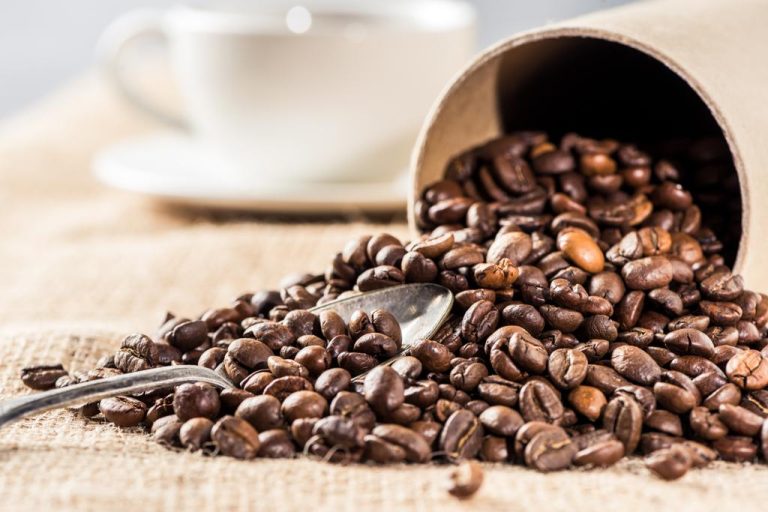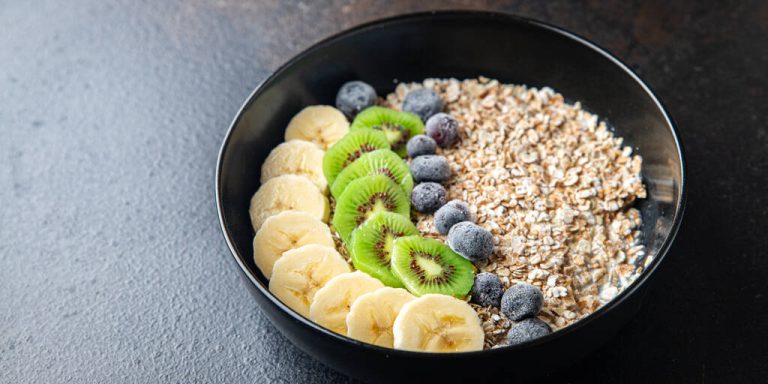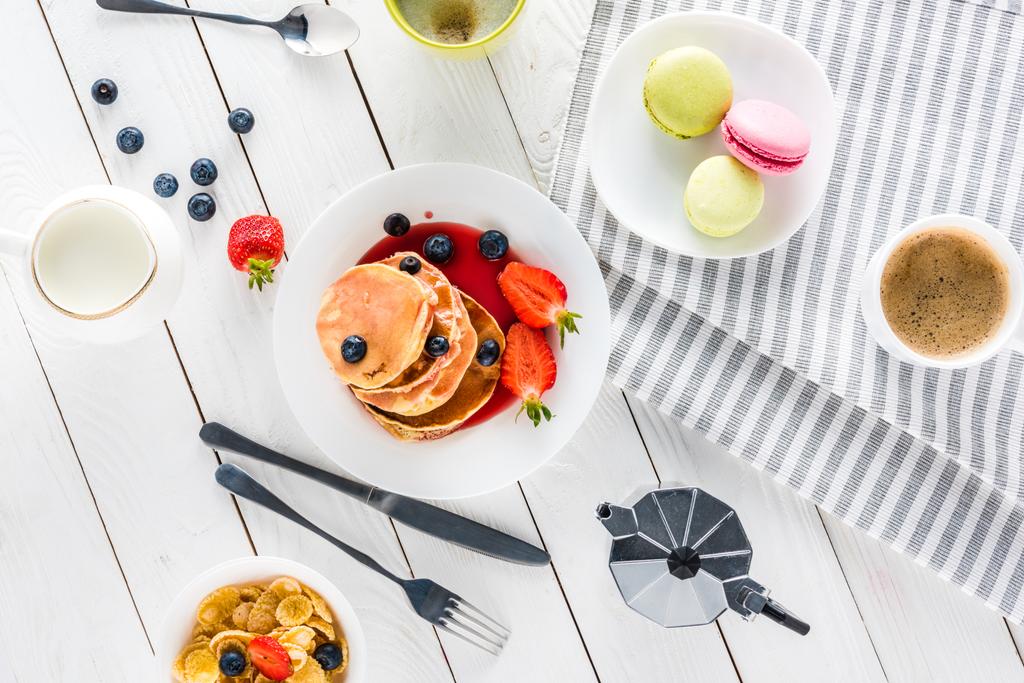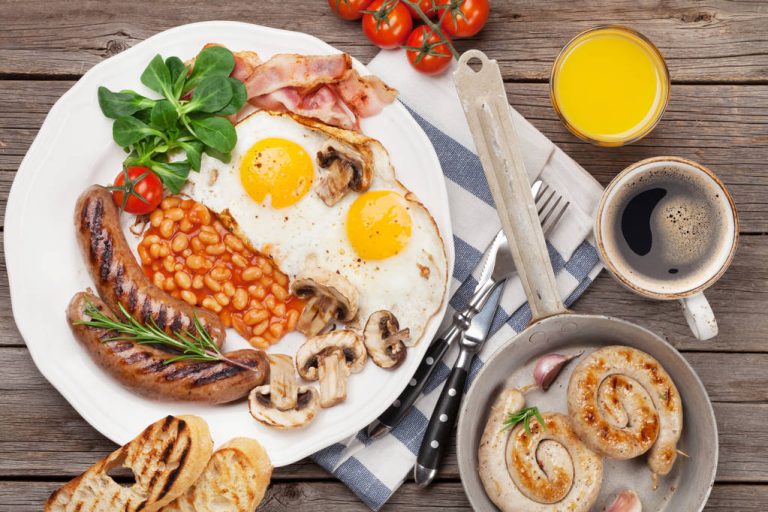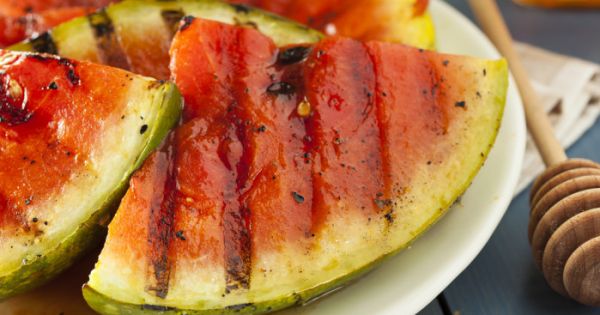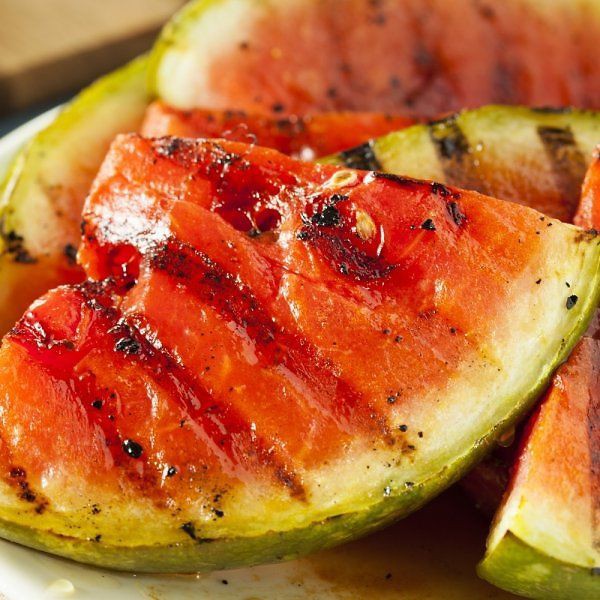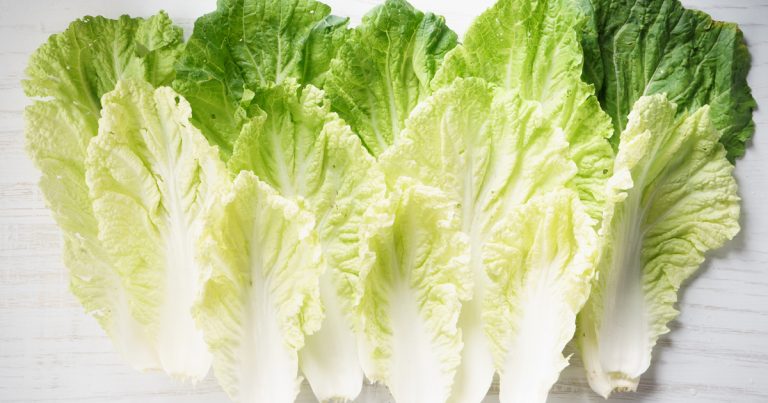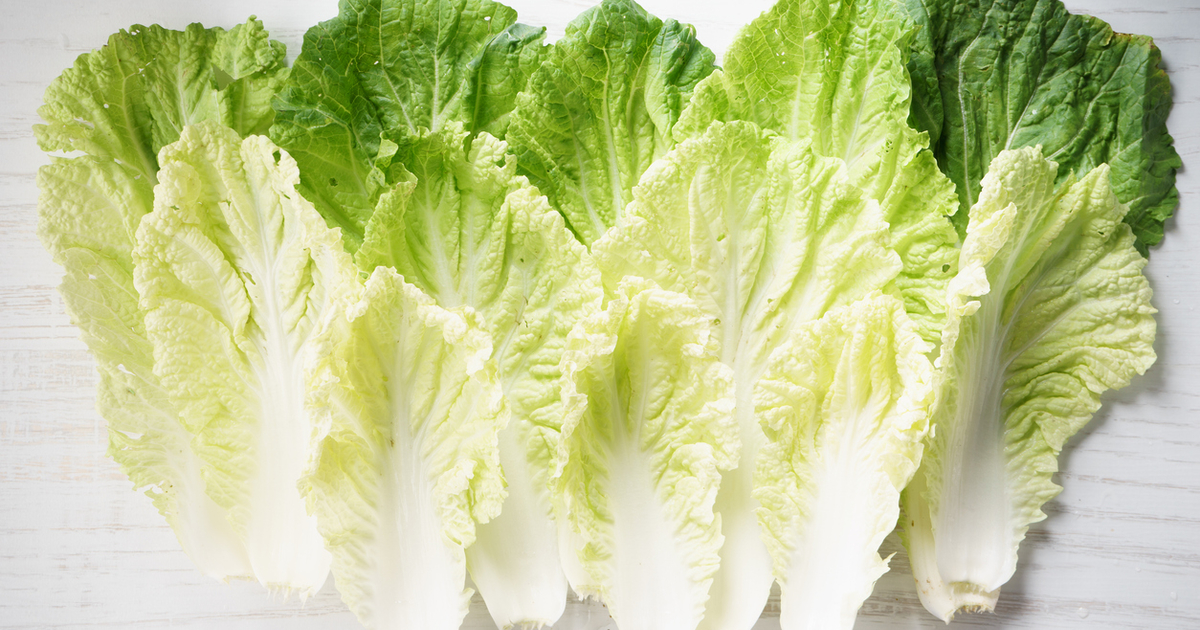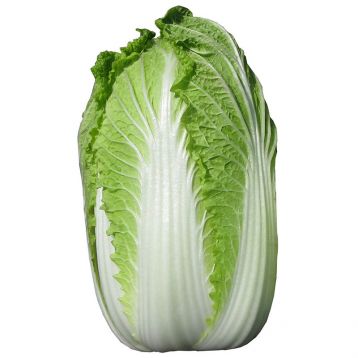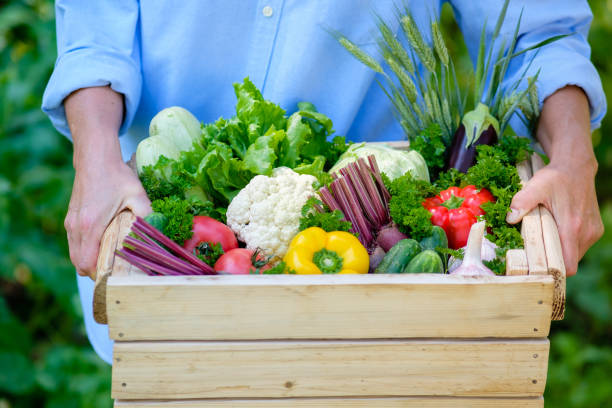Summer recipes should be easy to digest and quick to prepare. We’ll give you a few inspirations and tips for dishes that taste great even when it’s hot.
As beautiful as summer and sunshine are, heat can also put a strain on the body: Our circulation and metabolism suffer as a result. For summer recipes, we intuitively use foods and dishes that are easily digestible and do not weigh us down. So the body does not have to do heavy digestion work as well.
Fruits and vegetables that contain a lot of water, such as cucumbers, tomatoes, radishes, lettuce and watermelon, are well suited for a hot diet. They have a refreshing effect, quench thirst and do not burden the circulation and metabolism.
Even if we often lose our appetite when it is hot, it is still advisable to eat regularly, but in smaller portions. If you fast at lunchtime due to the heat and help yourself to a lot at the barbecue buffet in the evening, you have to expect the food to hit your stomach: You may quickly feel unwell, heavy and tired. To avoid this, we have put together some easy summer recipes for all times of the day.
Tip: We recommend that you use organic ingredients and, if possible, seasonal and regional products for all recipes. They are not contaminated with pesticides and cause fewer CO2 emissions thanks to shorter transport routes.
Summer recipes: tips for a light breakfast in the heat
Even on a summer morning, breakfast shouldn’t be skipped. It provides you with the necessary energy for a day that can be particularly exhausting and sweaty due to the heat.
Inspiration for a quick summer breakfast:
Organic yoghurt (or plant-based yoghurt alternative) with homemade muesli and fresh fruit. Here you will find a recipe for homemade vegan yoghurt.
Homemade smoothie bowls with nutrient-rich and filling toppings like hemp seeds, roasted buckwheat, nuts and seeds.
Coconut overnight oats: Summer recipe for a fresh breakfast

Overnight oats are cereal flakes soaked in milk (or plant-based milk alternatives) overnight, which you can top with fresh fruit and granola in the morning. You can also easily prepare and transport them in sealable jars. So you can enjoy your breakfast outside when the temperatures are still cool – for example in a park.
For one portion of coconut overnight oats you need the following ingredients:
60 g oat flakes (or a mixture of oat, spelled and millet flakes)
2 tbsp ground flaxseeds
250 g coconut yoghurt
100 ml coconut milk (or other creamy plant-based “milk”, e.g. homemade almond milk)
20 g grated coconut
2 tsp maple syrup, honey or fruit juice of your choice (optional)
Also: a lockable jar
How to prepare overnight oats:
The night before, mix the rolled oats with the flaxseed, yoghurt, milk, grated coconut and, if necessary, the maple syrup, honey or juice.
Put everything in a sealable jar and put it in the fridge overnight.
The next morning you can refine the overnight oats with other ingredients as you like.
For topping you can use anything you like:
Seasonal fruits, such as berries
nuts, seeds and kernels
muesli and granola
Summer light lunch recipes
When the heat is at its peak at midday and in the afternoon, you may want to take siestas rather than complaining about hearty food. Nevertheless, it is important that you also eat a small meal at lunchtime to give your body new energy. You can prepare these dishes, for example, and take them to work. So you can better endure the heat in the office.
Here are some inspirations for quick and light lunch dishes:
How about a cold, refreshing Spanish-style soup? Then try the tomato gazpacho soup – a classic summer recipe.
A salad is also quick to make – you can also vary it as you like. Nutrient-rich and yet easily digestible salads are, for example, millet salad, quinoa salad or lentil salad. You can cook the basis of millet, quinoa or lentils for several servings. So you don’t have to spend time at the stove every day when it’s hot.
Maybe just a vegetable salad is enough for you? Some farmer’s bread or potato bread goes well with it.
Easy lunch when it’s hot: summer rolls with tofu and peanut dip
Another quick and easy summer recipe: Asian summer rolls are made from wafer-thin round sheets of rice paper and are filled with lots of vegetables. Other suitable fillings include tofu, tempeh or glass noodles. There is also a peanut dip.
You need these ingredients for six summer rolls:
200 g dry glass noodles
50 g tofu (tip: make your own tofu)
1 tbsp oil
salt and pepper
1 tbsp soy sauce
1 carrot
40 grams of cucumber
a handful of lettuce, e.g. baby spinach
some (Thai) basil and coriander
6 rice paper sheets
For the peanut dip:
1 thumb-sized piece of ginger
1 clove of garlic
2 tbsp soy sauce
2 tbsp maple syrup
the juice of a lime
85 g peanut butter
30ml of water
How to prepare the summer rolls:
Prepare the dip: peel the ginger and garlic. Chop the garlic and ginger in a blender. Add the remaining ingredients and mix everything together. If you like your dip more liquid, you can add more water. Alternatively, you can chop the garlic and ginger with a knife and mix the dip with a whisk.
Cook the glass noodles according to package instructions and drain.
Prepare the tofu: Cut 50 grams of tofu from the long side of a piece of tofu. Cut the small 50 gram piece into six long tofu strips. Fry the tofu in oil until all sides are golden brown. Now season the tofu with salt and pepper. Optionally, you can also use chilli, curry powder or other spices. Finally, deglaze the tofu with the soy sauce. Turn the tofu in the pan until all sides have gotten some of the soy sauce.
Prepare the vegetables: peel the carrot and cut it into thin strips. Wash the cucumber well and cut it, including the skin, into thin strips. Wash the lettuce and pat dry. Wash and roughly chop the basil and cilantro.
Now take a large pan and fill it with warm water (about an inch high). Prepare a large cutting board or plate to fill the rolls on.
Soak the rice paper: Take a sheet of rice paper and put it in the warm water for a maximum of one minute. Take it out and put it on your pad.
Now you can fill the rice paper. First put some lettuce in the middle of the rice paper. This is followed by the vegetables, tofu, glass noodles and herbs (in whatever order you like). Finally, you can put a dollop of the sauce on top of the filling.
Fold the summer rolls: Fold in the side edges of the paper slightly above the filling. Then, gently but firmly, roll the paper up from the bottom up. It might take a bit of practice to avoid tearing the paper. If you want to be on the safe side, you can just use two sheets of rice paper.
You can now sprinkle the finished rolls with sesame seeds.
Summer Light Dinner Recipe: Tomato Basil Hummus

What’s better than a long, warm summer evening sharing food with friends? A large bowl of hummus in which to dip veggie sticks and dip fresh flatbread is perfect for the occasion. There are also olives and other antipasti.
Tomato basil hummus recipe
For 15 servings of hummus you will need:
125 grams of sun-dried tomatoes
425 g canned chickpeas
2 1/2 tbsp olive oil
5 tbsp tahini
2 1/2 tbsp lemon juice
2 1/2 tsp cumin
salt to taste
20 grams of basil
Tip: Alternatively, dried chickpeas are also available in stores. First, let them soak in water overnight. Then you have to cook the chickpeas before you can make hummus out of them.
How to prepare the hummus:
Pour hot water over the tomatoes and let them soak for ten minutes. Then drain and let them drain. (You can keep the drained water in the fridge and use it to cook pasta the next day, for example).
Cut the tomatoes into small pieces.
Rinse the chickpeas.
Add the chickpeas to the blender along with the tomatoes, olive oil, tahini, 120 milliliters of water (more if the mixture is too thick), lemon juice, cumin and salt and puree until smooth.
Wash the basil, shake dry and finely chop. Mix it in with the hummus.
Serve the hummus in a bowl. You can garnish it beforehand with olive oil, olives and roasted seeds.
Add the hummus:
You can of course spoon the hummus pure. But this summer recipe tastes even better if you add side dishes. For example:
Flatbread or Arabic bread. Just add a few spoonfuls of hummus and add any other ingredients you like.
Pickled olives, pickled vegetables or homemade antipasti
Balsamic Onions
Vegetable sticks, for example carrots, celery, peppers or cucumbers
Lettuce leaves: You can fill these with the hummus and other toppings.



